Cats are fascinating creatures, and one of the most intriguing aspects of their behavior is their vocalizations. From gentle purrs to loud meows, cats use a variety of sounds to communicate with us and with each other. Understanding these sounds can enhance the bond between you and your feline friend. Each vocalization has its own meaning, and by tuning into these sounds, you can better understand your cat’s needs and emotions. Dive into the world of cat vocalizations to unlock the secrets of your cat’s language.
The Purr: A Sound of Contentment and Healing
The purr is perhaps the most well-known of all cat sounds. It is often associated with a cat’s contentment and happiness, as they tend to purr when they are relaxed and comfortable. However, purring can also be a self-soothing mechanism for cats in pain or distress. Some studies suggest that the frequency of a cat’s purr can aid in healing by promoting the regeneration of tissues. When your cat purrs while being petted, it’s a sign that they trust you. Remember that context matters, so observe your cat’s body language alongside their purring to understand their mood.
Meowing: The Cat’s Way of Talking to Humans

Unlike many other animal vocalizations, meowing is primarily a way for cats to communicate with humans rather than each other. Cats meow for various reasons – they might be hungry, want attention, or need to alert you to something. The tone, pitch, and length of the meow can give you clues about what your cat is trying to say. A short, soft meow might be a simple greeting, while a loud, insistent meow could signal urgency. Pay attention to the different types of meows your cat uses and the situations in which they occur to decode their messages.
Hissing and Growling: Signs of Fear and Aggression

When a cat hisses or growls, it’s a clear warning sign that they are feeling threatened or frightened. These sounds are a cat’s way of telling you or other animals to back off. Hissing is often accompanied by physical signs such as arched backs, puffed-up fur, and flattened ears. Growling, on the other hand, is usually deeper and more guttural. If your cat hisses or growls, it’s important to give them space and try to identify the source of their discomfort. Understanding these vocalizations can help prevent aggressive interactions and ensure your cat feels safe.
Chirping and Chattering: The Hunter’s Call

Chirping and chattering are unique sounds that are often heard when a cat is watching birds or other prey through a window. These sounds are thought to be expressions of excitement and frustration, as your cat is unable to reach the prey. Some experts believe that this vocalization mimics the birds’ calls, possibly as a hunting tactic. It’s a fascinating glimpse into your cat’s predatory instincts and showcases their natural curiosity. Next time you hear your cat chirping, take a moment to watch them and observe their focused behavior.
Trilling: The Friendly Greeting

Trilling is a delightful sound that falls somewhere between a meow and a purr. It’s often used as a friendly greeting or to get your attention. Cats may trill to encourage you to follow them or to express affection. This vocalization is usually a sign of a happy and social cat. If your cat trills when they see you, it’s their way of saying hello and inviting interaction. Responding positively to trilling can strengthen your bond and make your cat feel loved and acknowledged.
Yowling and Caterwauling: The Sound of Distress

Yowling and caterwauling are intense vocalizations that can be quite alarming. These sounds are typically associated with distress, pain, or mating behavior. A cat in heat may yowl to attract potential mates, while an older cat might caterwaul due to confusion or cognitive decline. It’s important to observe the context in which these sounds occur, as they can indicate a need for medical attention. If your cat yowls frequently without an obvious cause, a visit to the vet may be necessary to rule out any underlying health issues.
The Silent Meow: A Subtle Plea for Attention
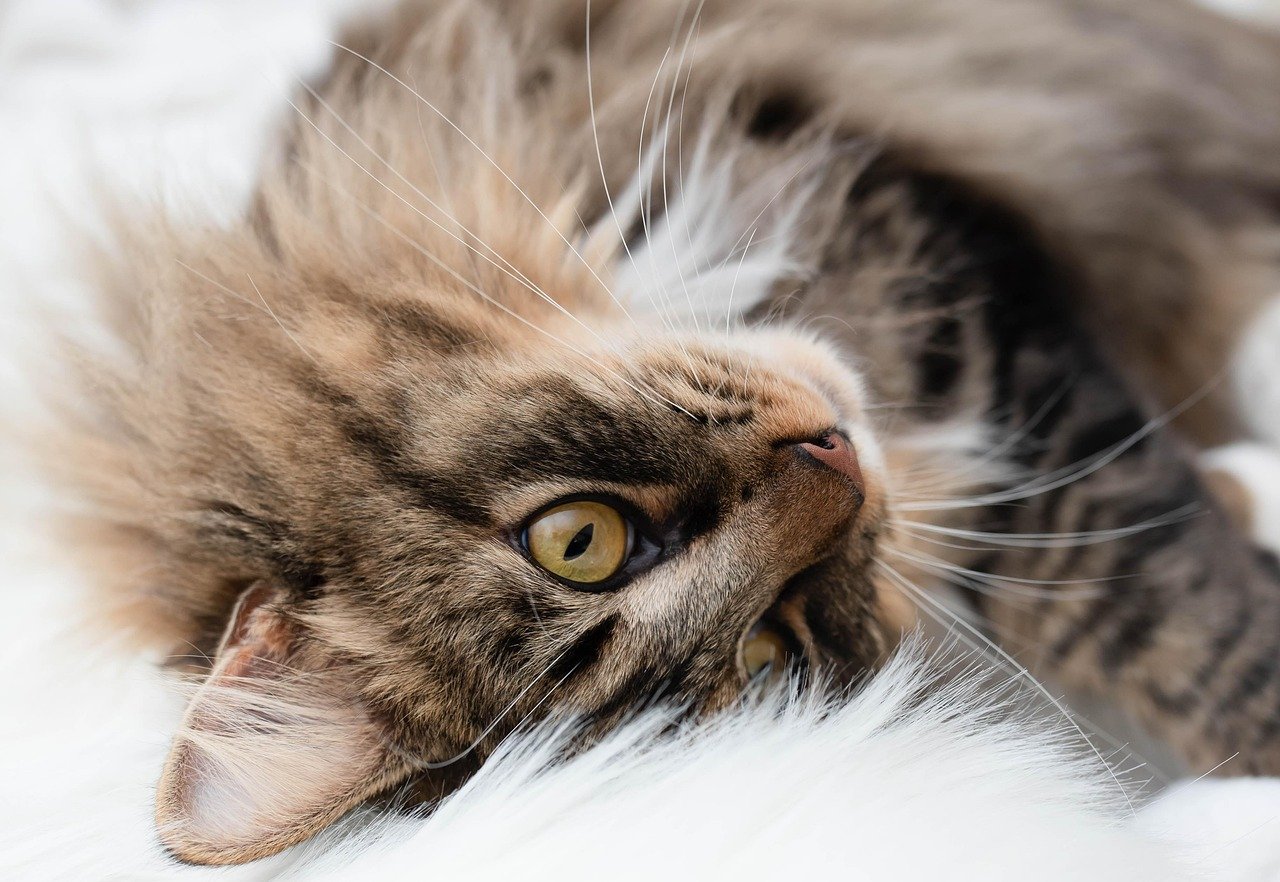
Some cats are known to make a “silent meow,” where their mouth moves as if they’re meowing, but no sound comes out. This charming behavior is often a subtle request for attention or food. It can also be a sign of affection, as cats sometimes reserve it for their favorite humans. The silent meow is a gentle reminder of the unique ways cats express themselves. By recognizing and responding to this quiet form of communication, you can strengthen your relationship with your cat.
Murmuring: The Comforting Whisper
Murmuring is a soft, low-pitched sound that cats often make when they are feeling content and relaxed. It’s similar to a purr but more vocal in nature. Cats may murmur when they are snuggling with you, during grooming sessions, or when they are drifting off to sleep. This sound is a comforting whisper that indicates your cat feels safe and secure in their environment. Listening for murmuring can give you insight into your cat’s comfort level and overall well-being.
Screaming: The Alarm Bell

A cat’s scream is a loud, piercing sound that is usually a sign of extreme distress or pain. It can occur during a fight with another animal or if your cat is injured. This vocalization is an alarm bell that signals an urgent need for attention. If you hear your cat scream, it’s important to assess the situation immediately and provide comfort or seek medical help if necessary. Understanding the gravity of this sound can help you respond appropriately to your cat’s needs.
Howling: The Call of Loneliness

Howling is a mournful, drawn-out sound that is often associated with loneliness or separation anxiety. Cats may howl if they are left alone for extended periods or if they are missing a companion. This vocalization can also be a sign of discomfort or disorientation, especially in older cats. Providing companionship or engaging your cat in interactive play can help alleviate their loneliness and reduce howling episodes. Recognizing howling as a call for companionship can help you create a more nurturing environment for your cat.
The Chirrup: A Mother’s Call

The chirrup is a short, high-pitched sound that mother cats use to call their kittens. It’s a gentle way of getting the kittens’ attention and directing them. Adult cats may also use this sound to communicate with their humans or other cats. The chirrup is a sweet and affectionate vocalization that conveys warmth and familiarity. If your cat chirrups at you, it’s a sign of affection and an invitation to engage with them.
The Snarl: A Warning Signal
A snarl is a deep, rumbling sound that serves as a warning signal. It is often accompanied by bared teeth and aggressive body language. Cats snarl to communicate their displeasure or to ward off perceived threats. This vocalization is a clear indication that your cat is feeling defensive or aggressive. Respecting your cat’s space and addressing the cause of their discomfort can help prevent escalation and maintain harmony in your home.
The Moan: Expressing Discomfort

A moan is a low, prolonged sound that cats make when they are in discomfort or experiencing mild pain. It’s a quieter vocalization compared to screaming or yowling, but it still warrants attention. Cats may moan if they are feeling unwell, have an upset stomach, or are experiencing mild aches. Paying attention to moaning and accompanying behaviors can help you identify when your cat might need veterinary care.
The Coo: An Expression of Affection
The coo is a soft, cooing sound that some cats make when they are feeling affectionate. It’s a gentle vocalization often used during bonding moments or when a cat is seeking attention. The coo is a tender expression of love and trust, similar to the way pigeons coo to communicate. If your cat coos at you, it’s their way of showing affection and inviting interaction. Responding with gentle petting or play can strengthen your bond with your cat.
The Grunt: A Sign of Effort
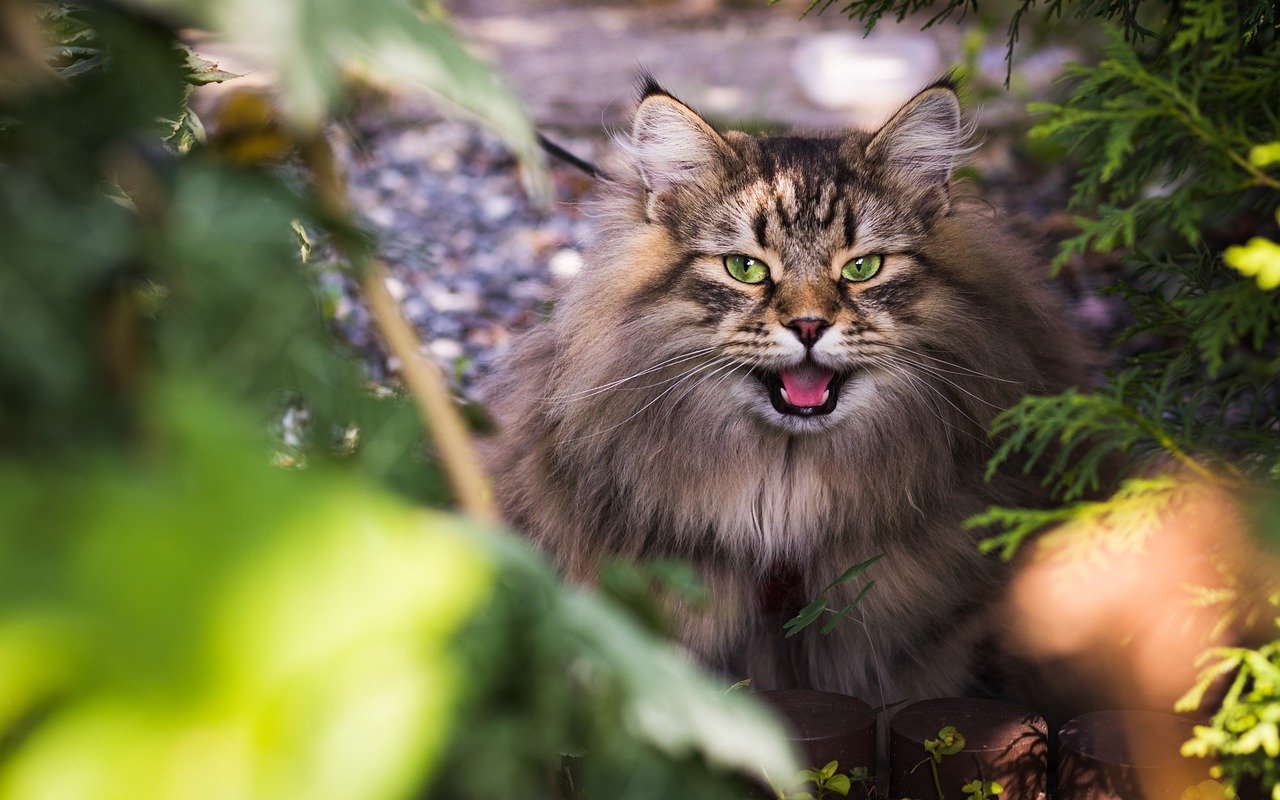
Grunting is a short, low-pitched sound that cats may make when they exert effort, such as jumping or climbing. It’s a straightforward expression of physical exertion and is usually brief. While not as common as other vocalizations, grunting can be an endearing aspect of your cat’s personality. Observing when and why your cat grunts can give you insight into their physical condition and energy levels.
The Bark: A Rare Vocalization
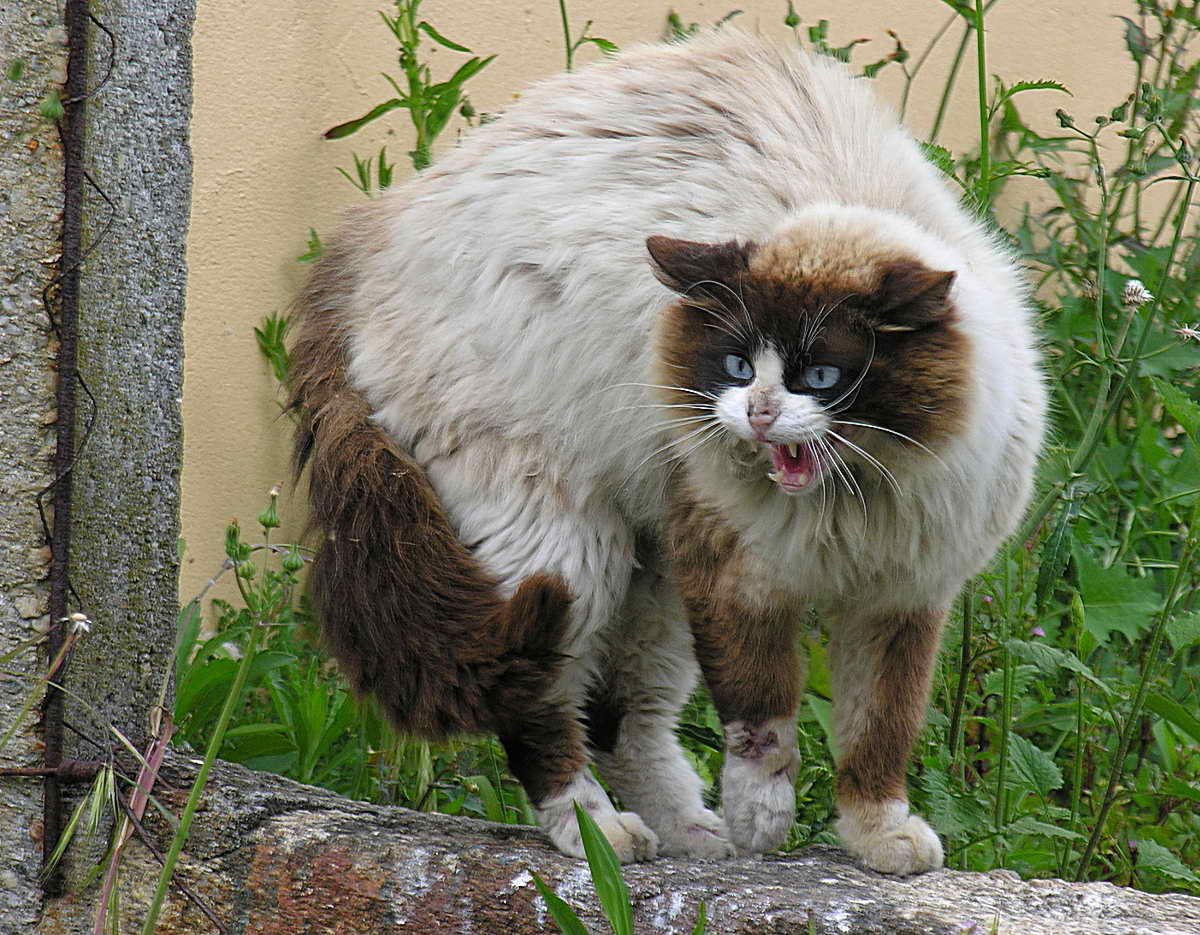
Though rare, some cats have been known to produce a sound that resembles a bark. This unusual vocalization is typically heard in cats with strong personalities or those that are particularly vocal. The bark can be a surprising and amusing sound, often used to express excitement or frustration. If your cat barks, it’s a unique quirk that adds to their individuality and can be a conversation starter among fellow cat enthusiasts.
The Flute: A Melodious Tune
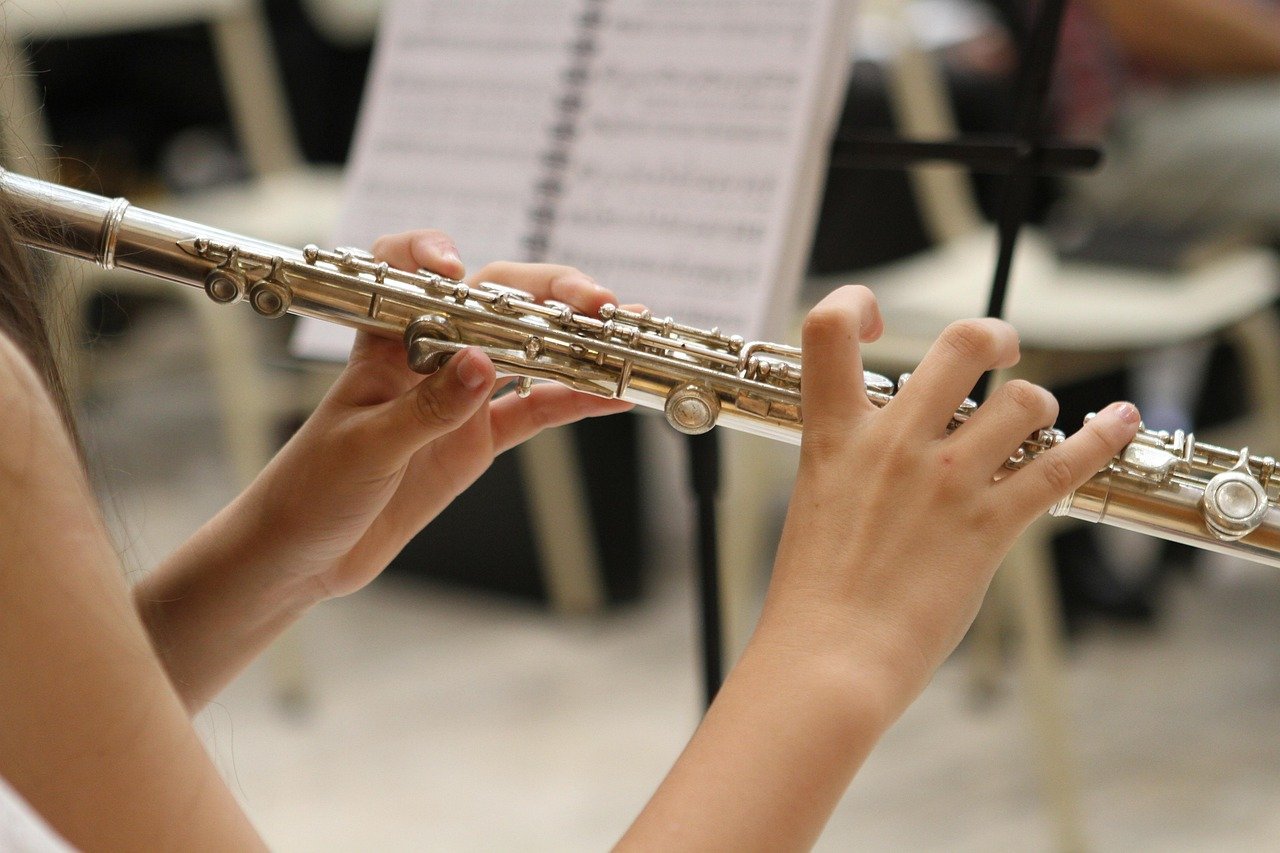
The flute is a melodious, high-pitched sound that some cats make, resembling a musical note. It’s a rare and delightful vocalization that often occurs during play or moments of joy. Cats that produce this sound are usually very expressive and have a wide vocal range. The flute adds a whimsical touch to your cat’s vocal repertoire and is a testament to their playful nature.
The Whine: A Plea for Attention

Whining is a high-pitched, drawn-out sound that cats make when they are seeking attention or expressing dissatisfaction. It’s a vocalization that conveys urgency and is often used when a cat is hungry or wants to go outside. Whining can also be a sign of stress or discomfort, so it’s important to address the underlying cause. By responding to your cat’s whine, you can ensure their needs are met and maintain a harmonious relationship.
The Whimper: A Soft Complaint
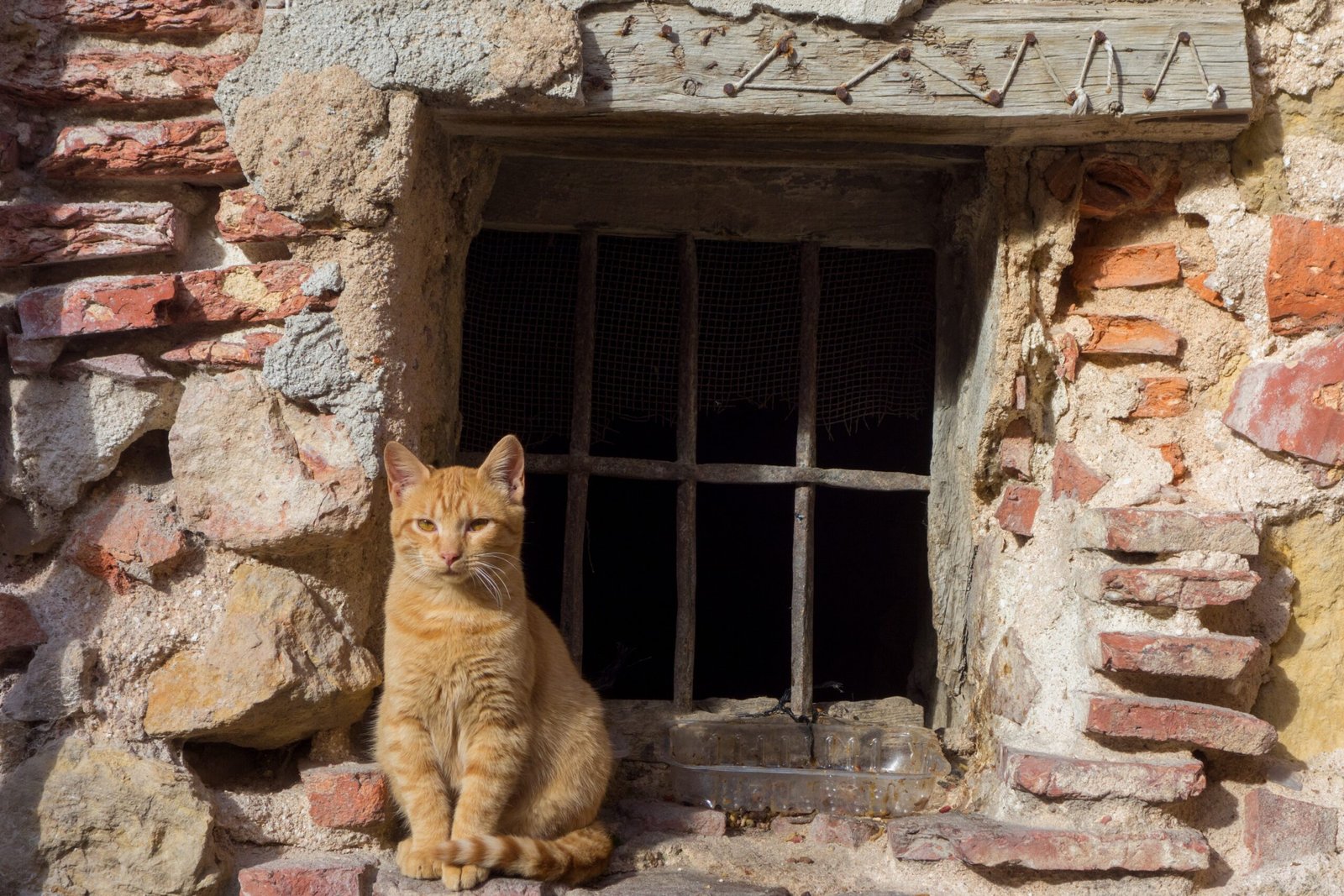
Whimpering is a soft, plaintive sound that cats make when they are feeling mildly distressed or uncomfortable. It’s a gentle complaint that can indicate a desire for comfort or reassurance. Cats may whimper when they are feeling lonely, anxious, or in need of affection. Providing a comforting presence and addressing any potential stressors can help alleviate your cat’s whimpering and promote a sense of security.
The Roar: A Display of Power

While domestic cats don’t roar like their wild counterparts, some cats can produce a loud, roaring sound that is reminiscent of a big cat’s call. This vocalization is typically heard during play or moments of high energy and excitement. The roar is a display of power and confidence, showcasing your cat’s adventurous spirit. Embracing this sound and encouraging play can help your cat express their natural instincts and maintain their physical and mental well-being.
Understanding your cat’s vocalizations is key to building a strong and trusting relationship. By paying attention to the sounds your cat makes and the context in which they occur, you can better meet their needs and create a harmonious environment. Each vocalization is a unique expression of your cat’s personality and emotions, providing valuable insights into their world. Embrace the symphony of sounds your cat offers, and enjoy the deep connection that comes from truly understanding their language.
Hi, I’m Bola, a passionate writer and creative strategist with a knack for crafting compelling content that educates, inspires, and connects. Over the years, I’ve honed my skills across various writing fields, including content creation, copywriting, online course development, and video scriptwriting.
When I’m not at my desk, you’ll find me exploring new ideas, reading books, or brainstorming creative ways to solve challenges. I believe that words have the power to transform, and I’m here to help you leverage that power for success.
Thanks for stopping by, Keep coming to this website to checkout new articles form me. You’d always love it!






